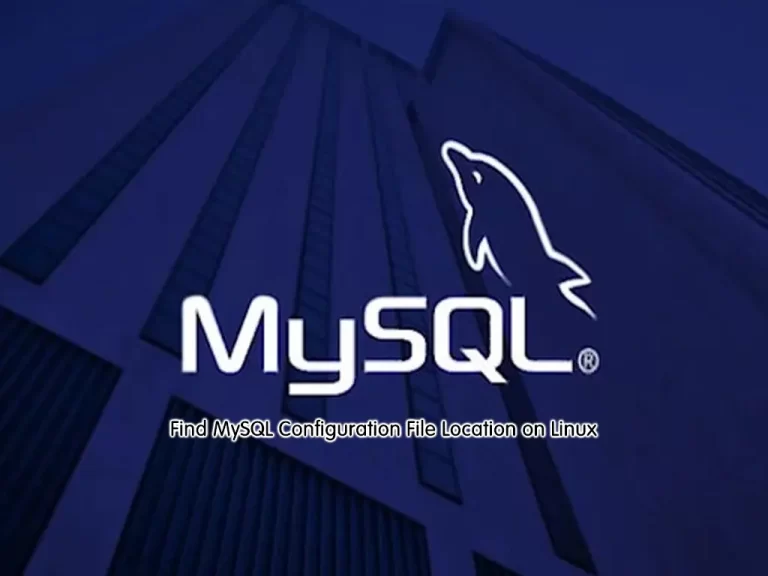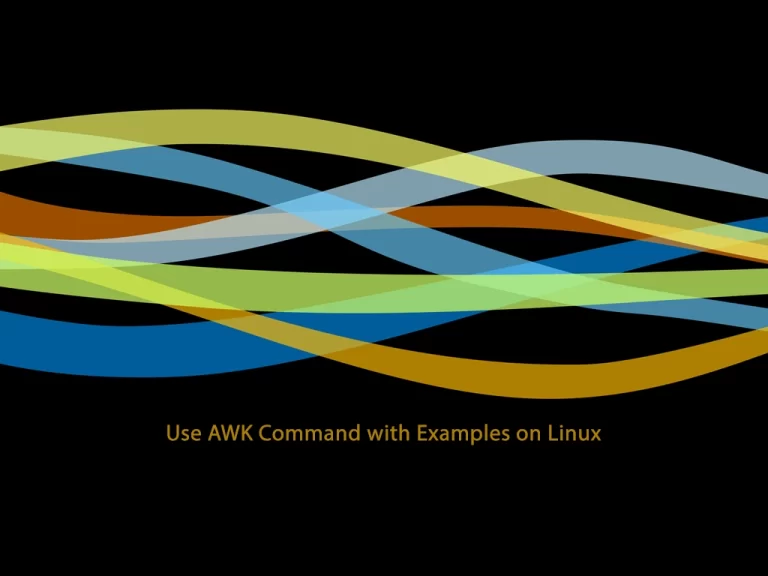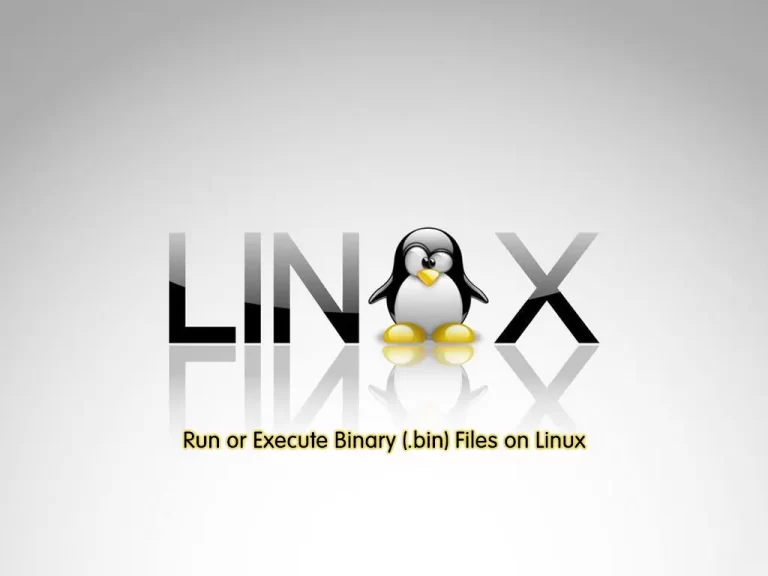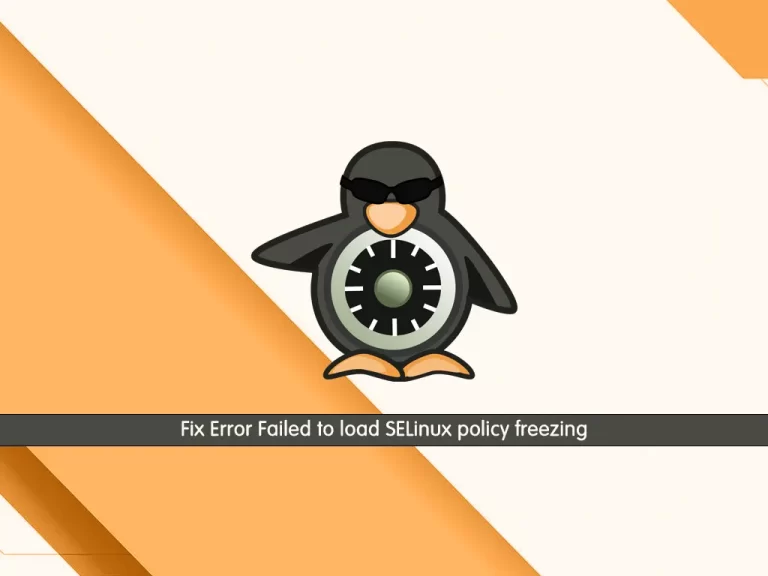Find MySQL Configuration File Location on Linux

Find php.ini File Location on Linux

FirewallD Configuration on AlmaLinux 9

Install and Use Flatpak on Rocky Linux 8

How To Clear Yum Cache on Centos 7

How To Display Disk Space on AlmaLinux

Use AWK Command with Examples on Linux

Run Binary Files on Linux

Fix Error Failed to load SELinux policy freezing

How To Display Disk Space on Ubuntu 22.04

How To Shutdown Linux Via Command Line

Fix sort_buffer_size for Cacti

Stay informed and not overwhelmed, subscribe now!
